The content of the project is required to closely follow Conclusion No. 49-KL/TW on the orientation of Vietnam's railway transport development to 2030, with a vision to 2045. The Government aims to complete the approval of the investment policy for the high-speed railway project on the North-South axis by 2025.
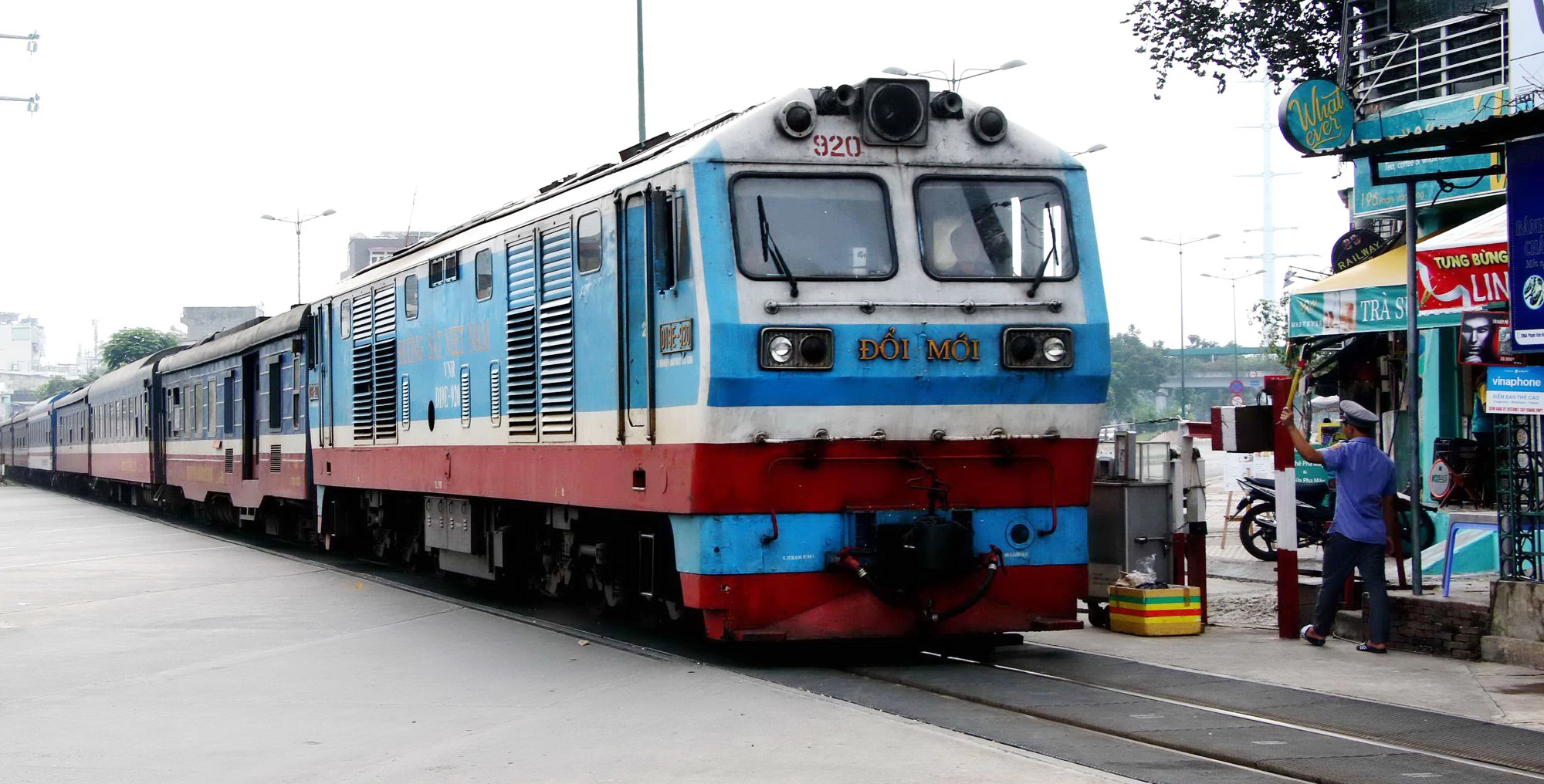
The Ministry of Transport has just submitted to the Government Standing Committee a project to build a high-speed railway on the North-South axis.
Add scenario for 350 km/h option
Unlike previous draft projects that focused on two options: running trains at 350 km/h for passengers only or 250 km/h for both cargo and passengers, in this project, the Ministry of Transport is asking for opinions on three scenarios.
Specifically, scenario 1 is to invest in building a new double-track North-South high-speed railway, 1,435 mm gauge, 1,545 km long, designed speed 350 km/h, load capacity 17 tons per axle, only operating passenger trains. The existing North-South railway is upgraded to transport goods, tourists and short-distance passengers. The total investment capital is about 67.32 billion USD.
The consultant assessed the advantages of this scenario as land clearance and lower investment costs than the other two options. However, there is no possibility of increasing capacity if the demand for freight transport on the existing railway line is overloaded.
In scenario 2, the North-South railway will be newly built with a double track scale, 1,435 mm gauge, 22.5 tons per axle, operating both passenger and freight trains, designed speed of 200 - 250 km/h, maximum freight train speed of 120 km/h. The existing North-South railway will also be modernized to transport goods, tourists and short-distance passengers. The total investment capital under this scenario is about 72.2 billion USD. The advantage is transporting both passengers and goods on the same route, convenient international transport connection. However, the disadvantage is low traffic speed.
Priority for Hanoi - Vinh and Ho Chi Minh City - Nha Trang sections
Regarding specific goals, the Politburo determined to strive to complete the approval of the investment policy for the North-South high-speed railway project by 2025; start construction of priority sections in the 2026-2030 period.
(Hanoi - Vinh, Ho Chi Minh City - Nha Trang), striving to complete the entire route before 2045. The Ministry of Transport has also organized a working group to learn from experiences in a number of countries with developed high-speed railway systems such as Europe and China to update and supplement the project's pre-feasibility study report and to have a full scientific and objective basis.
Scenario 3 is to invest in a double-track North-South railway line, with a gauge of 1,435 mm, a load capacity of 22.5 tons per axle, a design speed of 350 km/h, operating passenger trains and reserve for freight transport when needed. The total investment capital of the project is 68.98 billion USD. In case of investing in infrastructure, equipment, and vehicles to operate additional freight trains on this line, the project investment capital is about 71.69 billion USD.
With this scenario, the North-South railway will be completely renovated with 60% bridges, 10% tunnels, and 30% running on the ground. In addition, it is necessary to purchase 74 distributed power trains, with 1,184 carriages, with a train capacity of 175 pairs of trains/day and night (high-speed railway 150 pairs of trains, existing railway 25 pairs of trains), transporting about 133.5 million passengers/year and 20 million tons of goods/year.
The consultant assessed the advantages of scenario 3 as passenger-only trains, so they are high-speed, comfortable, safe, and competitive with other means of transport. This option also helps the new railway line to be able to transport goods in case the capacity of the existing North-South railway line is overloaded. However, the disadvantages are high investment costs, and the speed difference between passenger trains and large freight trains reduces the throughput capacity.
200 km/h is reasonable?
Still maintaining the view that high-speed railways are effective when operating at speeds of 200 - 250 km/h, Associate Professor, Dr. Ha Ngoc Truong, Vice President of the Ho Chi Minh City Bridge, Road and Port Association, affirmed that investing in the North - South high-speed railway system according to scenario 2 is most suitable for Vietnam's economic conditions, science and technology and practical needs.
After 21 days of direct inspection of Japan's Shinkansen high-speed railway system in 2019, Dr. Truong assessed that investing in a 350 km/h railway line has many disadvantages: Firstly, the cost of maintenance and upkeep of this railway system is particularly expensive, accounting for about 5-10% of the construction cost. Shinkansen is also struggling to bear losses due to this cost.
With the total investment of options 1 and 3 fluctuating between 67 - 72 billion USD according to the plan of the Ministry of Transport, Vietnam's high-speed railway system will "consume" about 6 billion USD per year for maintenance. Not to mention the impact of climate change, terrain, and weather that greatly affects the North - South railway system, especially the section passing through the Central region, making maintenance even more expensive. This level of funding, compared to Vietnam's economic situation in the next 50 - 80 years, is still completely inappropriate.
Second, the total investment amount proposed by the Ministry of Transport only includes infrastructure construction. If we include investment in vehicles, maintenance costs, operating and maintenance workers, etc., it could reach 100 billion USD, which is not suitable for the current national financial capacity.
Third, if the Ministry of Transport considers the option of a new high-speed railway that only carries passengers and renovates the existing railway system to carry goods, this option is not feasible because the existing 1-meter gauge railway runs too slowly, the logistics connection with ports and roads is weak, and poor management as it is now makes collisions and accidents very likely to occur, and cannot be used to transport goods. Investing in a mixed freight and passenger route as in scenario 3 will require huge costs, beyond Vietnam's financial capacity.
"Not to mention, Vietnam is completing the planning of the North-South railway network connecting with the Ho Chi Minh City - Can Tho railway line, which has been approved for investment with a train speed of 200 - 250 km/h, carrying both passengers and goods. Therefore, the train speed on the entire North-South route needs to be unified accordingly," Associate Professor, Dr. Ha Ngoc Truong noted.
Agreeing with the view that scenario 2 should be chosen, Mr. Hoang Minh Hieu, Standing Member of the Law Committee of the National Assembly, National Assembly delegate of Nghe An delegation, analyzed: Many studies show that the 350 km/h railway is only highly effective within a distance of about 500 km because below that distance, people will choose to travel by car, and for longer distances, priority is given to airplanes. In addition, if choosing the 350 km/h train technology, it will have to depend entirely on foreign technology. Therefore, at the present time, if building a North-South railway, the 250 km/h option should be chosen. However, it should be noted that investing in a 250 km/h railway must also be accompanied by the goal of mastering railway technology to achieve high efficiency in public investment.
In terms of economy, Mr. Hoang Minh Hieu said that currently, if the railway is combined with freight transport, it will be suitable for the logistics needs of the economy, helping to share the burden on the road system. We can refer to the economic efficiency of the high-speed railway between Vientiane (Laos) - Kunming (China). After only 1 year of operation (statistics up to December 2022), this railway line has transported 2 million tons of goods worth 10 billion yuan (nearly 1.5 billion USD) and nearly 1 million passengers, giving Laos the opportunity to become a "super" commercial center on land.
Faced with concerns that high-speed railways running at speeds of 200 - 250 km/h will face fierce competition from low-cost airlines and expressways, reducing operational efficiency, Mr. Hoang Minh Hieu commented: The trend of increasing airfares may only be temporary. If we look back over a long period of time in other countries, the possibility of choosing to travel by plane is usually greater at a distance of 1,700 km between Hanoi and Ho Chi Minh City, so we cannot expect railways to compete with planes. Meanwhile, until we complete the North-South expressway with a maximum speed of 120 km/h, road transport will still have many limitations compared to rail transport with a speed of 200 km/h.
Needs and lessons learned around the world must be carefully examined.
In terms of technology, Associate Professor Dr. Tran Chung, Chairman of the Association of Investors and Transport Construction, supports the plan to build a high-speed railway line using the most modern technology to achieve a train speed of over 300 km/h. Because high-speed railway technology over 300 km/h is high technology, requiring special and complicated techniques. If investing in a railway system with a speed of only 200 - 250 km/h, then later wanting to upgrade to over 300 km/h, it will have to be done from scratch, which is much more expensive.
If the train speed is only 200 km/h, many people will choose to travel by road. Thus, railways are not only inferior to aviation, but also have to compete with roads, making it difficult to ensure operational efficiency. In addition, Vietnam has not yet mastered the technology of high-speed railways at 350 km/h, but we must approach it, from purchasing core technology to gradually mastering core technology. We must strive and prepare from now on both material and human resources, and have clear policies to master the technology of railways at speeds of over 300 km/h in the future.
However, Mr. Tran Chung also noted that the Ministry of Transport needs to carefully analyze scenario 3 based on 2 factors: scientific basis and practical lessons from around the world. Specifically, on the scientific basis, first of all, we must calculate the demand. Who and what is the high-speed railway invested in? Given the long terrain of our country, is the amount of goods transported from Ho Chi Minh City to Hanoi at such a fast speed really that much? From the demand, we will calculate the technical requirements because building a high-speed railway to ensure the transport of goods requires increasing the axle load, calculating the size of the rail, the size of the train, going through tunnels, bridges, etc., which greatly increases the total investment cost. Not to mention, transporting goods also requires strengthening the coordination and management work, building more freight stations along the route and connecting roads to the stations, etc.
According to this expert's survey, many places in the world have invested in high-speed railways running at 300 - 350 km/h such as Japan, China, Taiwan, Korea, Indonesia, which only carry passengers, not cargo. The high-speed railway line being prepared for investment in India also chooses this option. Only one country uses mixed-speed trains, Germany, which operates trains at 250 km/h.
Ministry of Construction proposes to choose scenario 3
In the previous written comments, Minister of Construction Nguyen Thanh Nghi - a member of the steering committee for the project's construction and implementation - agreed to choose scenario 3 with the view that to ensure international transport requirements in the future operation, the Ministry of Transport needs to study upgrading and modernizing the existing North-South railway line in the direction of replacing the entire current 1,000 mm gauge with the standard 1,435 mm gauge.
Railway investment is costly and has a long payback period, so attracting private investment is a challenge. However, there may be policies to encourage large enterprises and corporations to participate in some stages of the railway industry to master railway technology such as: rails, train cars, etc.
Mr. Hoang Minh Hieu (Standing Member of the National Assembly's Law Committee, National Assembly delegate of Nghe An delegation)
Source link


![[Photo] Looking back at the impressive moments of the Vietnamese rescue team in Myanmar](https://vstatic.vietnam.vn/vietnam/resource/IMAGE/2025/4/11/5623ca902a934e19b604c718265249d0)

![[Photo] "Beauties" participate in the parade rehearsal at Bien Hoa airport](https://vstatic.vietnam.vn/vietnam/resource/IMAGE/2025/4/11/155502af3384431e918de0e2e585d13a)



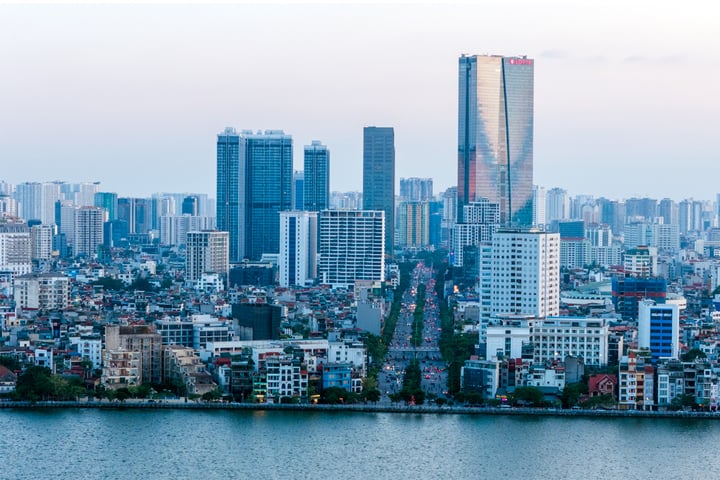

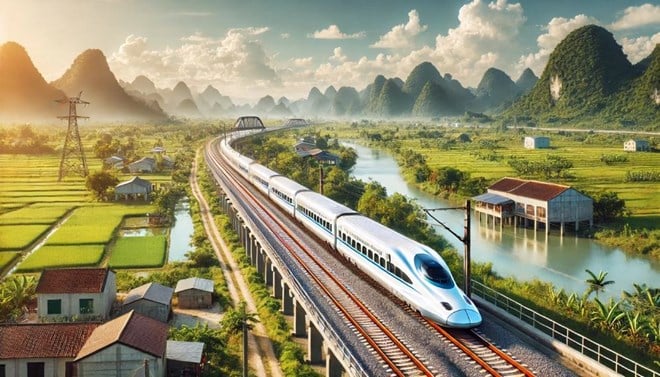

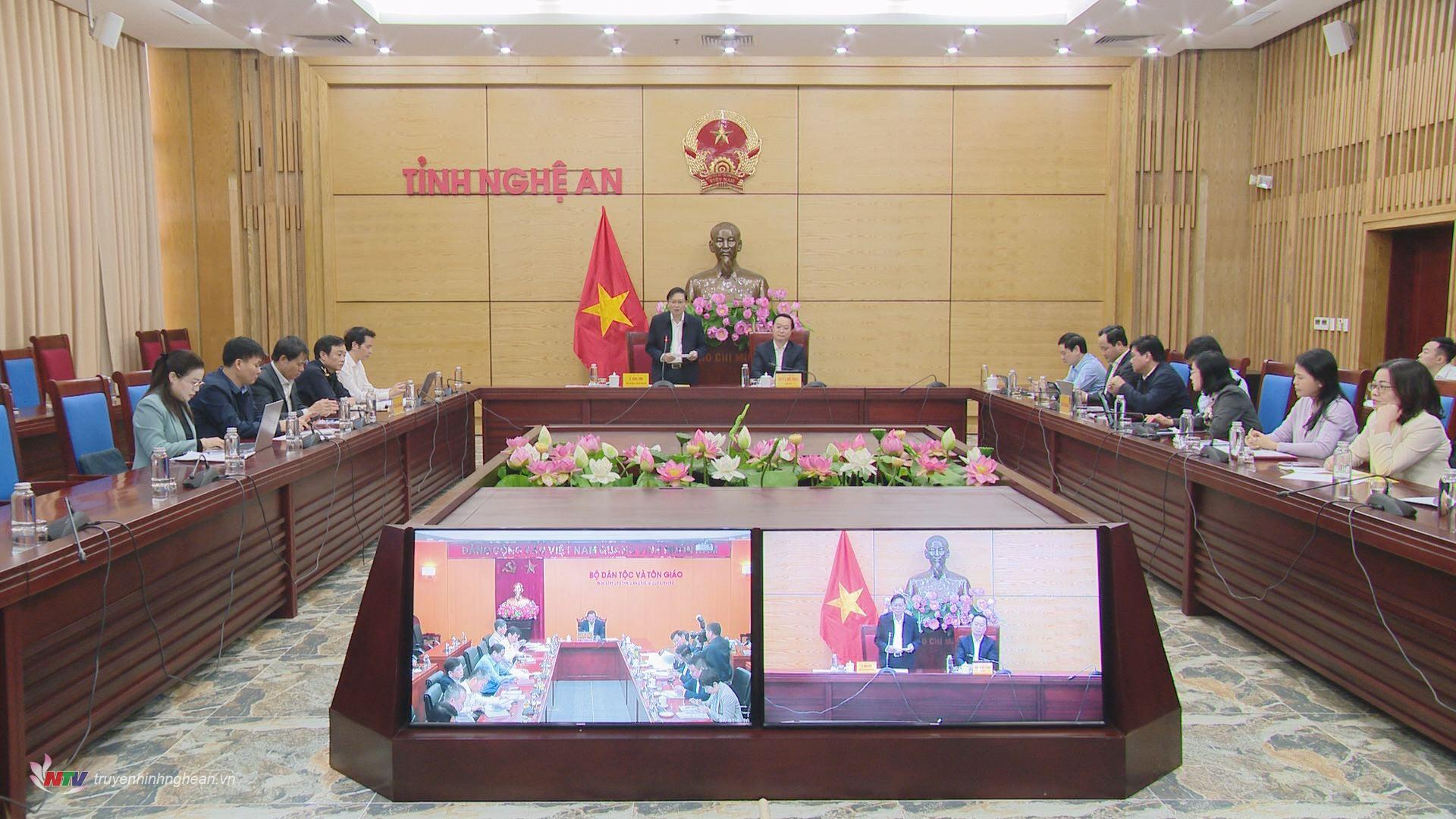

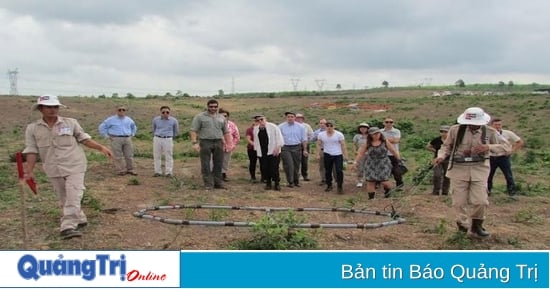

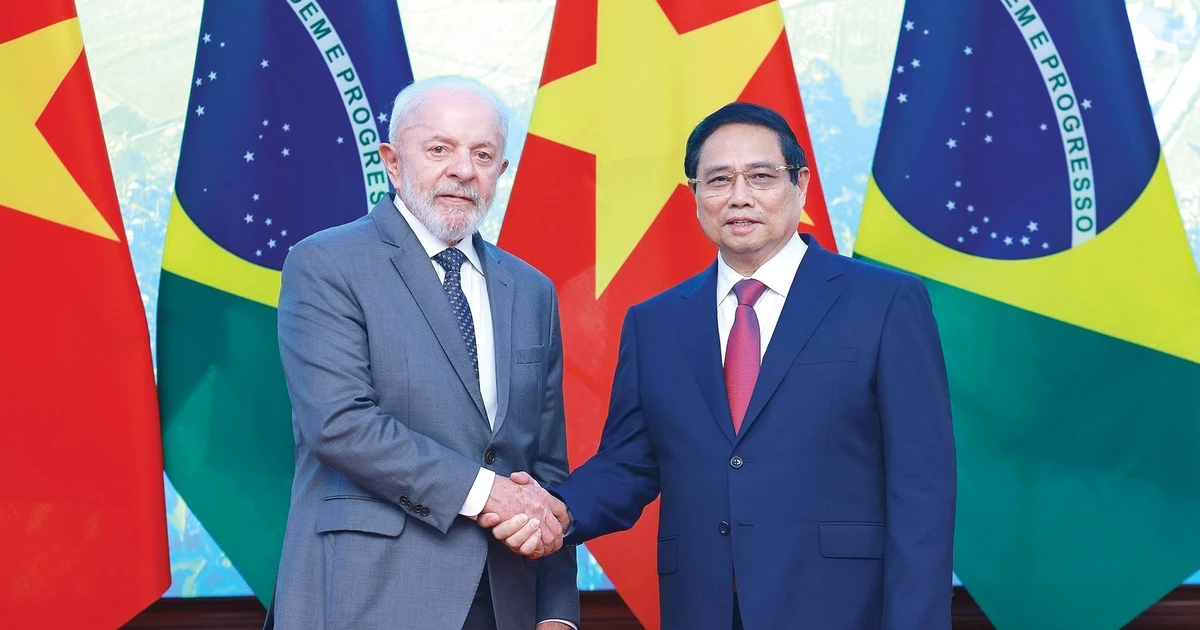



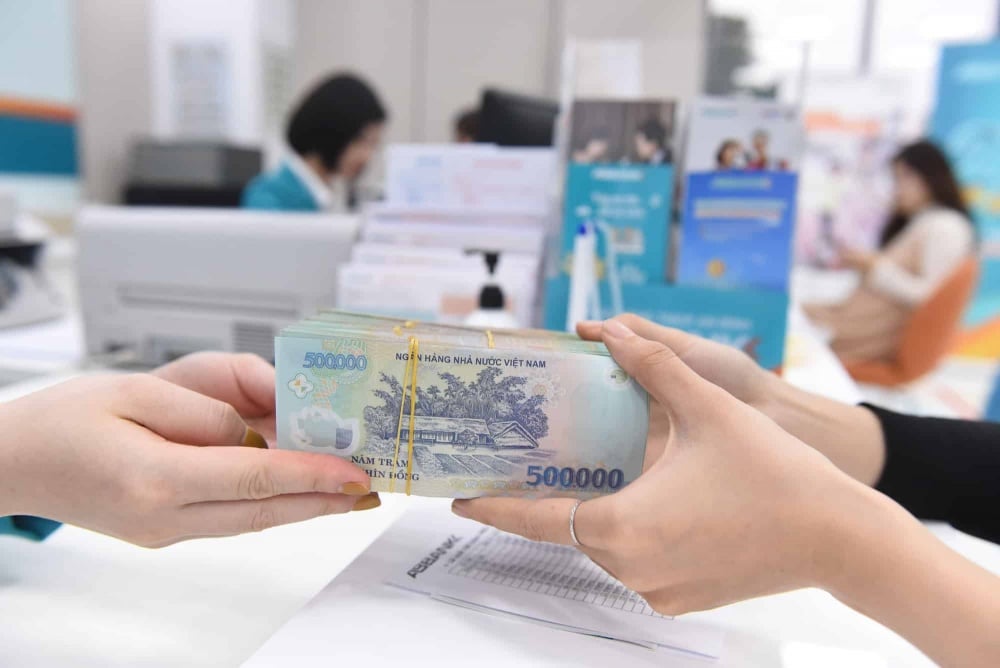

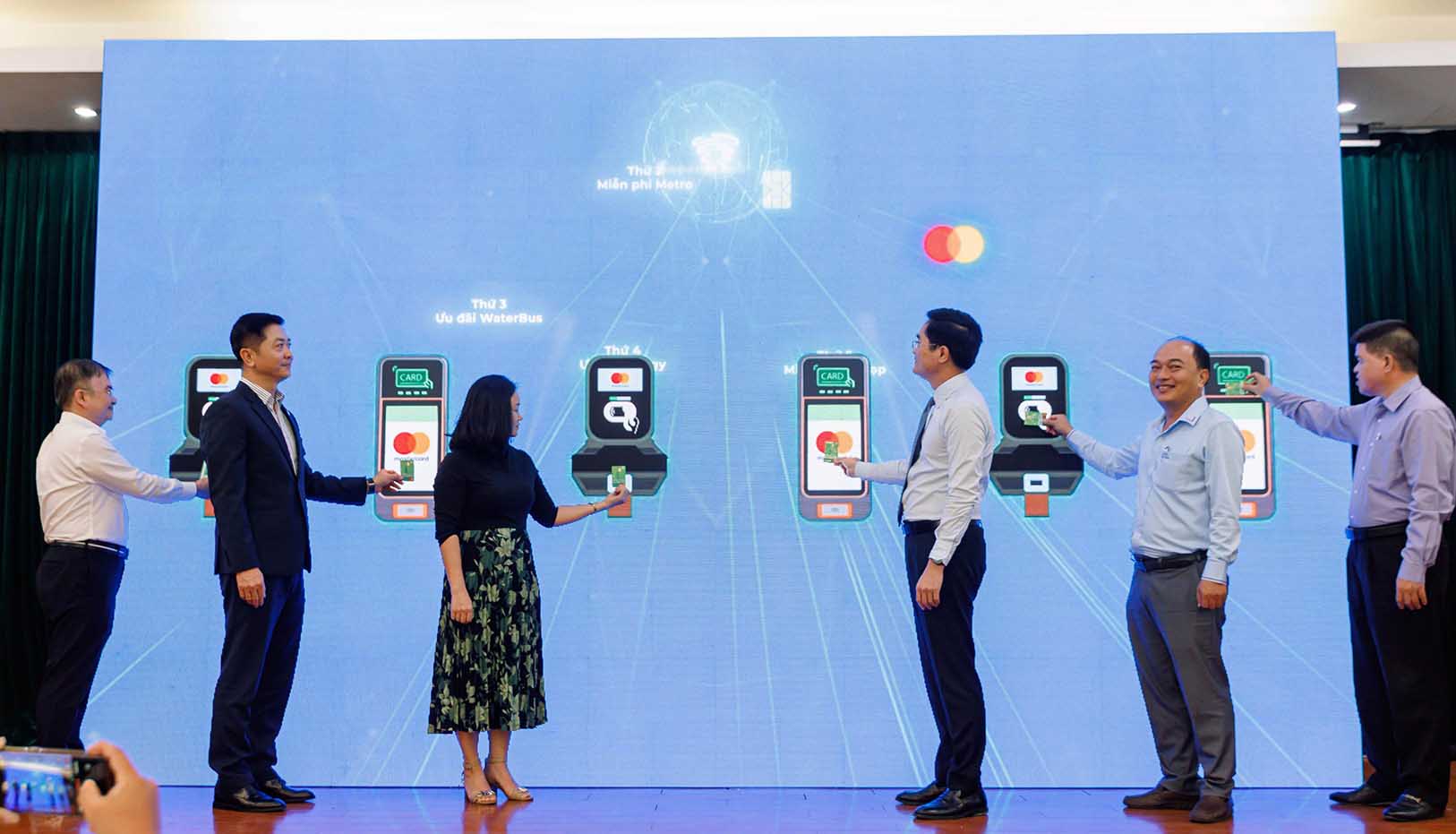
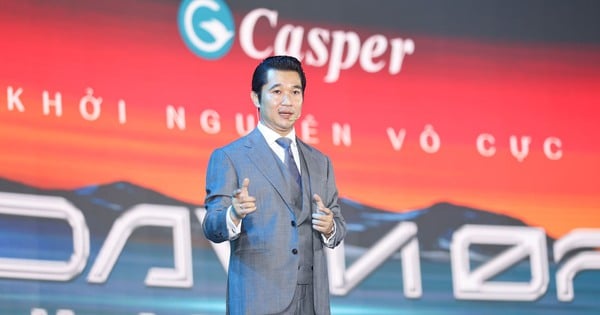
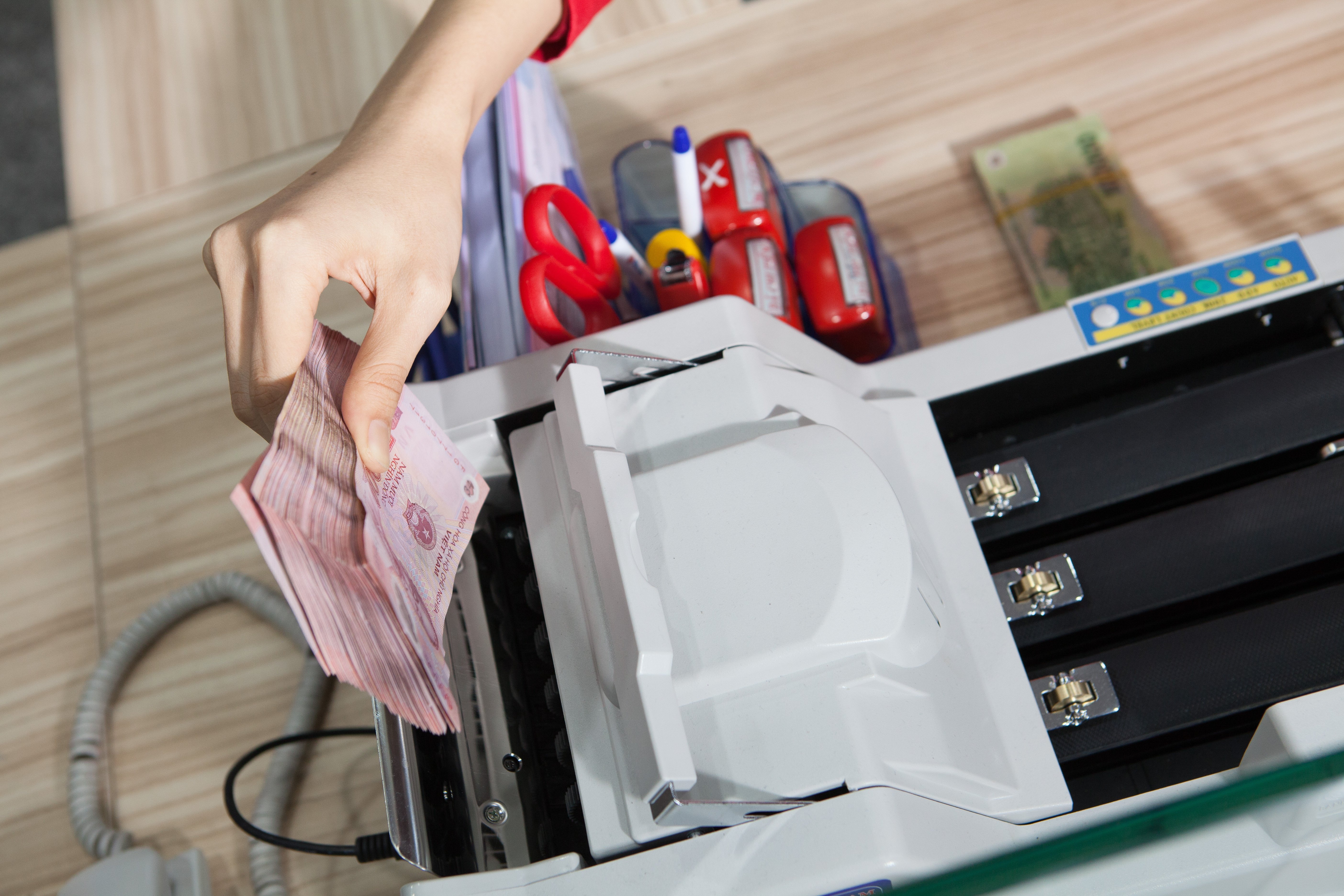
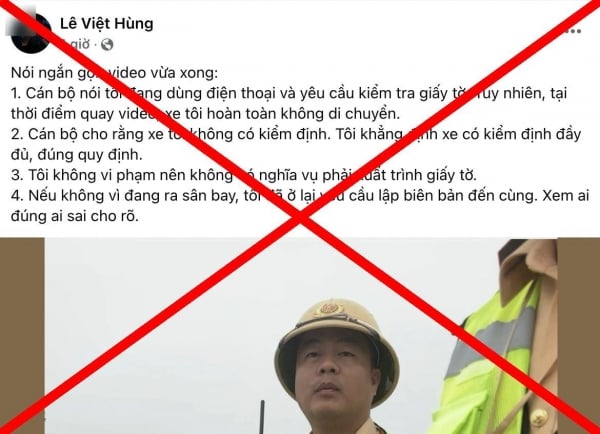


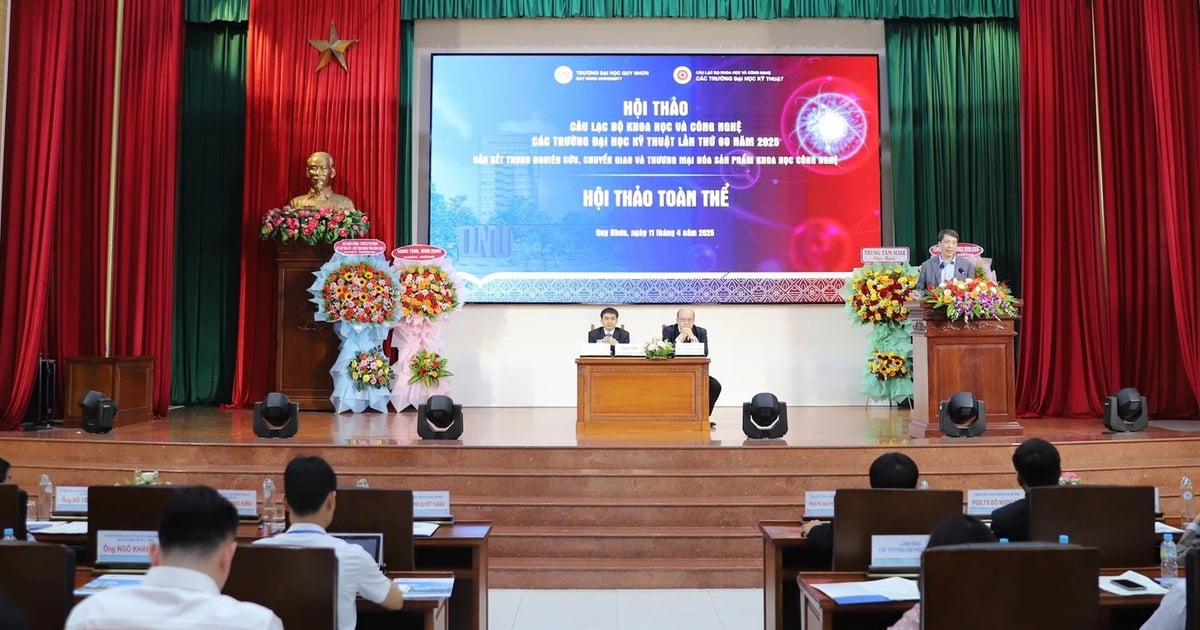


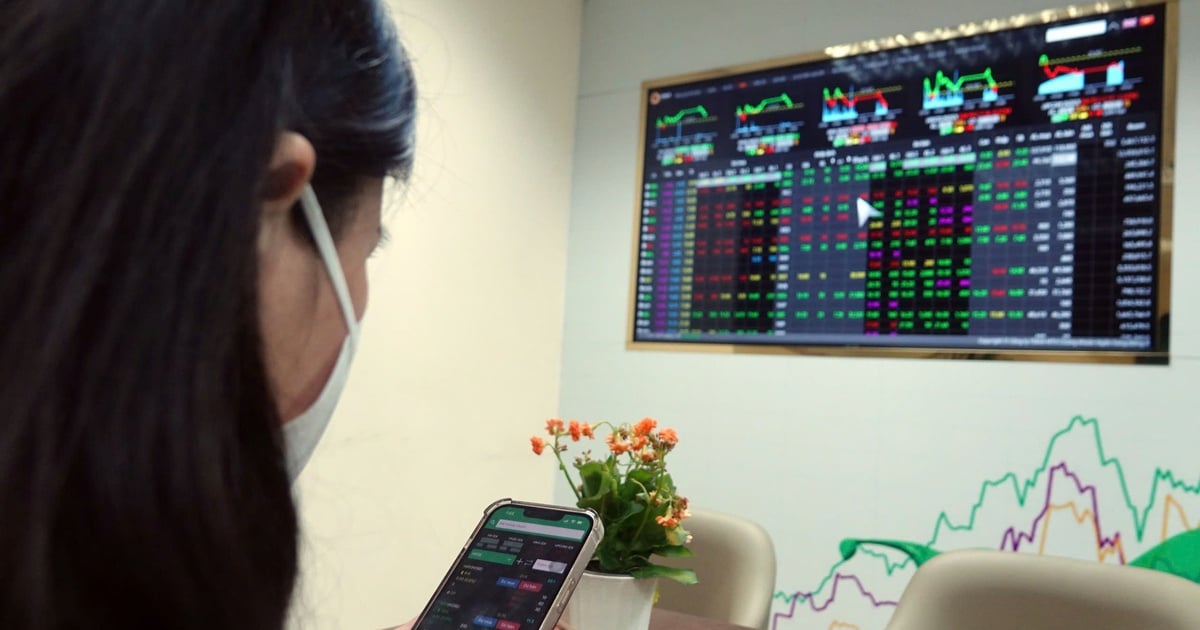



![[Photo] Summary of parade practice in preparation for the April 30th celebration](https://vstatic.vietnam.vn/vietnam/resource/IMAGE/2025/4/11/78cfee0f2cc045b387ff1a4362b5950f)

































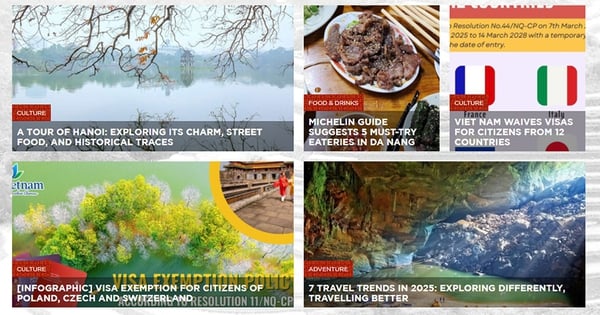

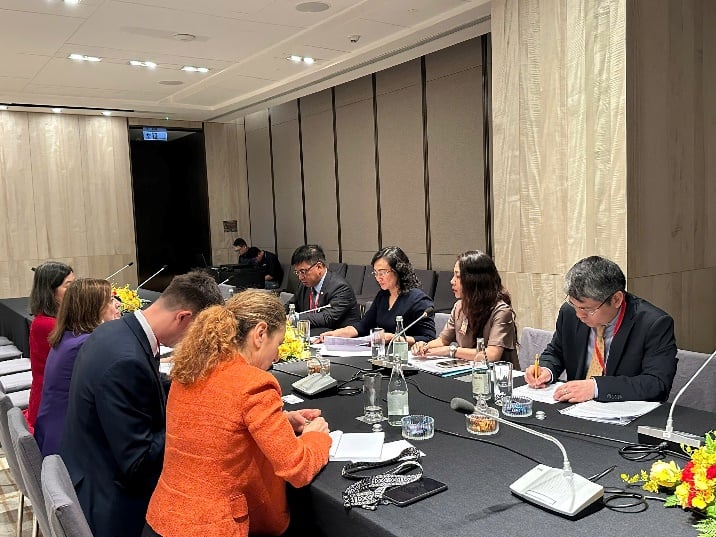

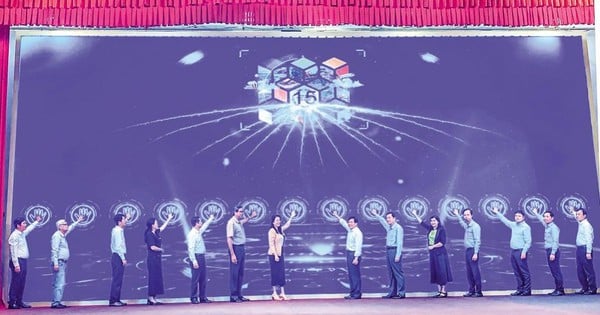

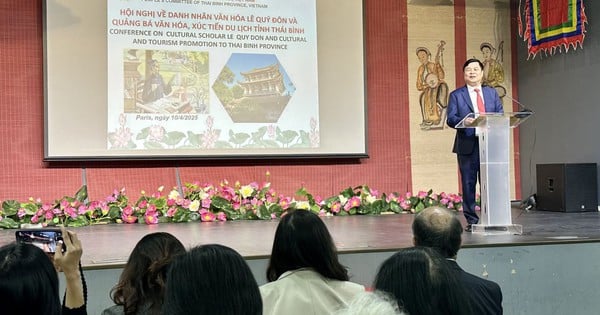
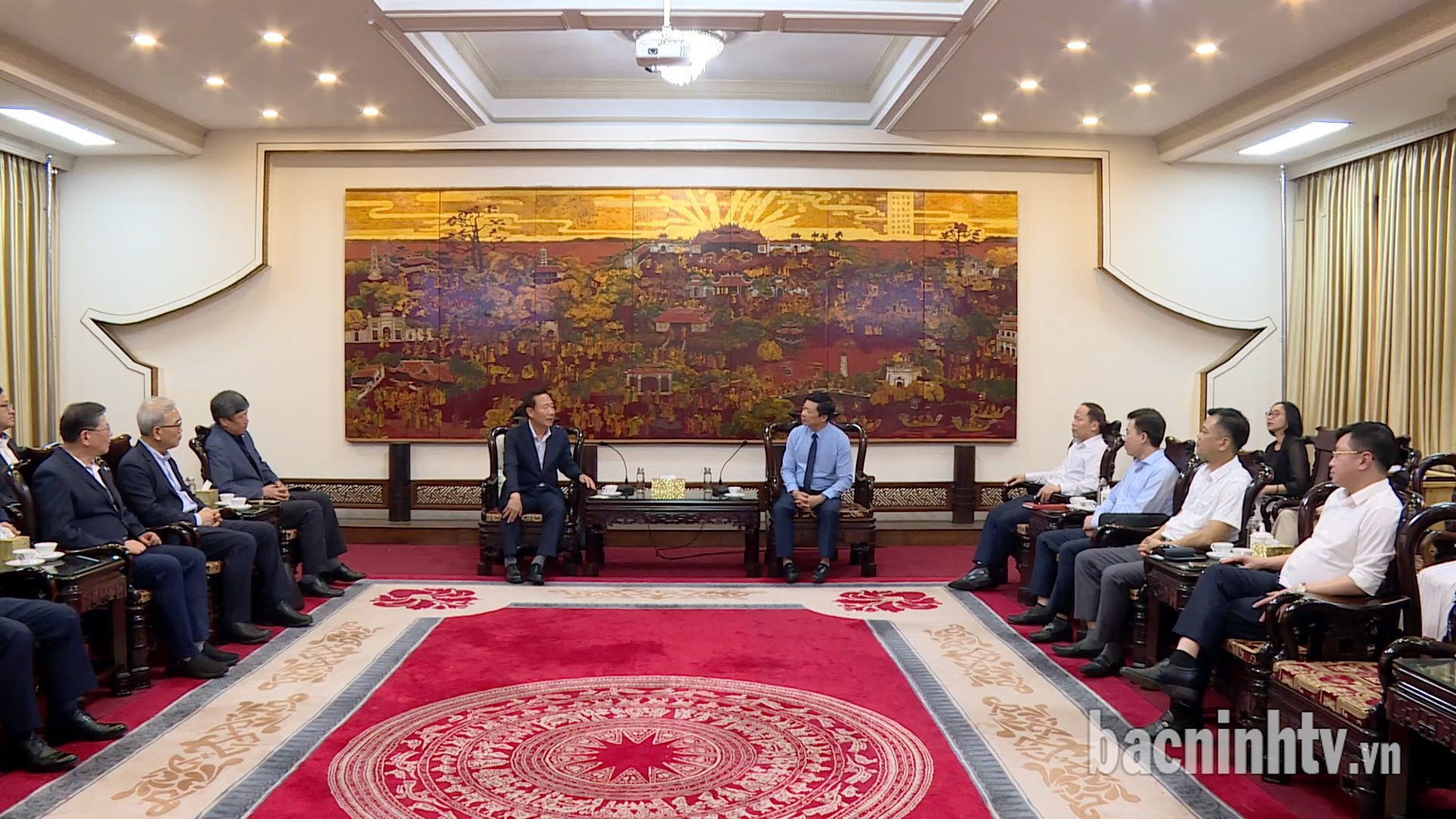
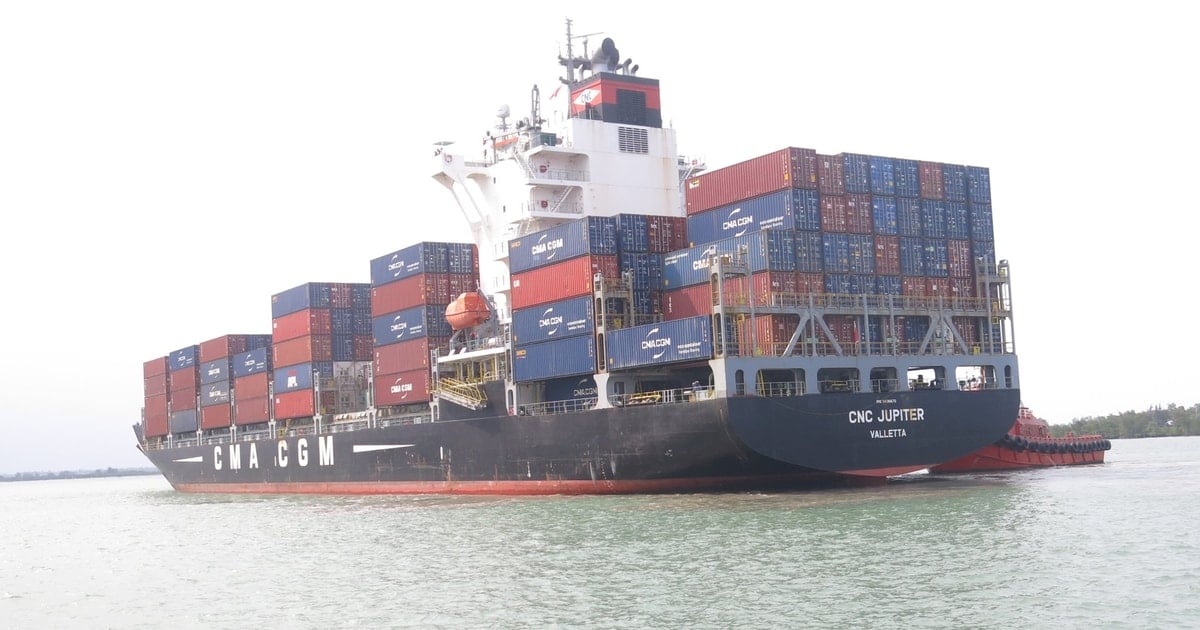



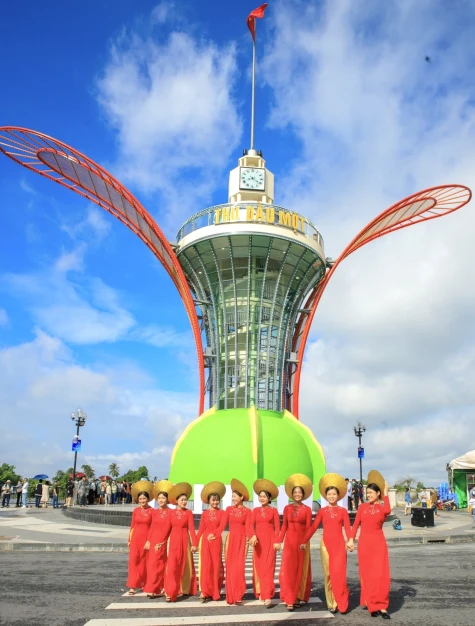

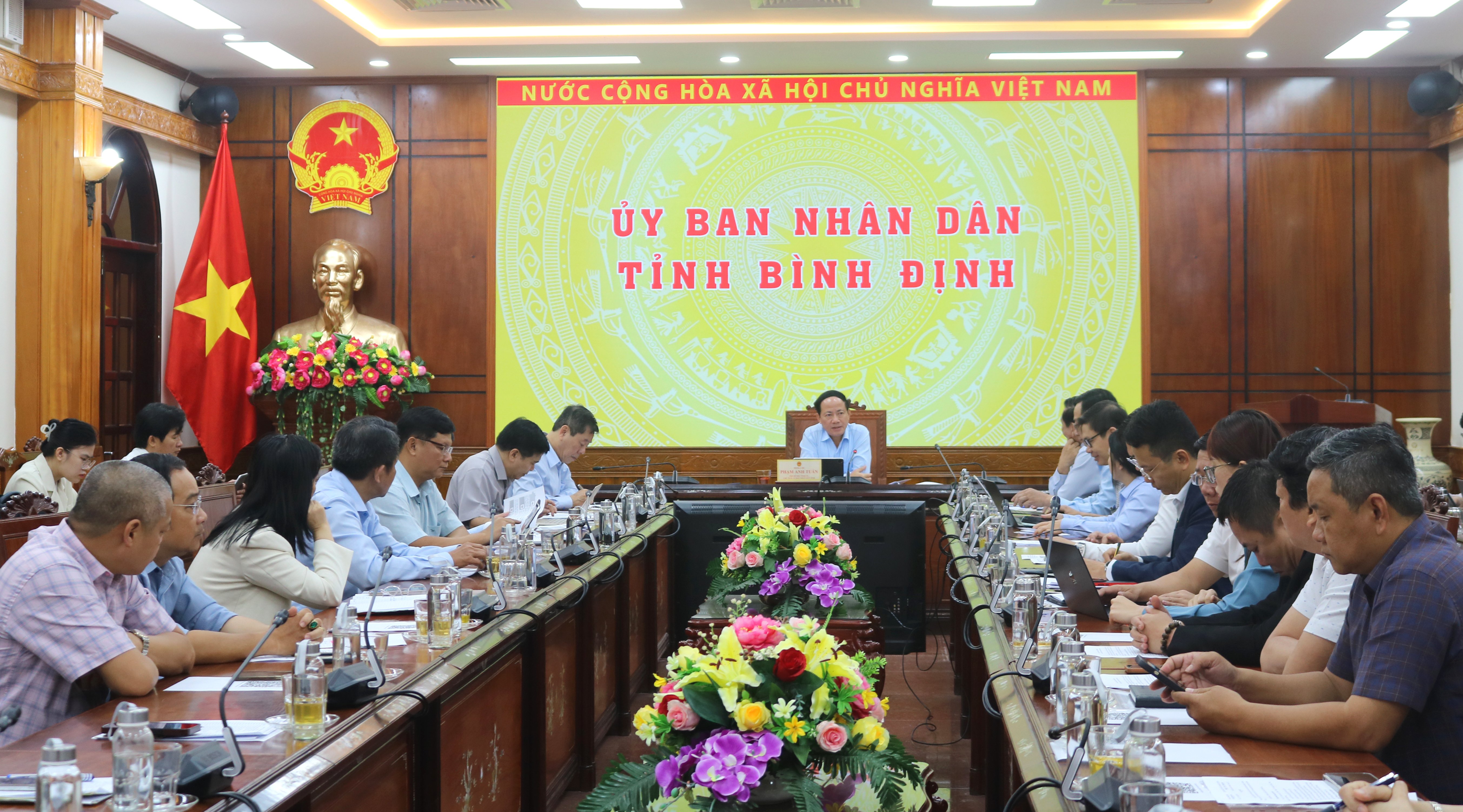













Comment (0)